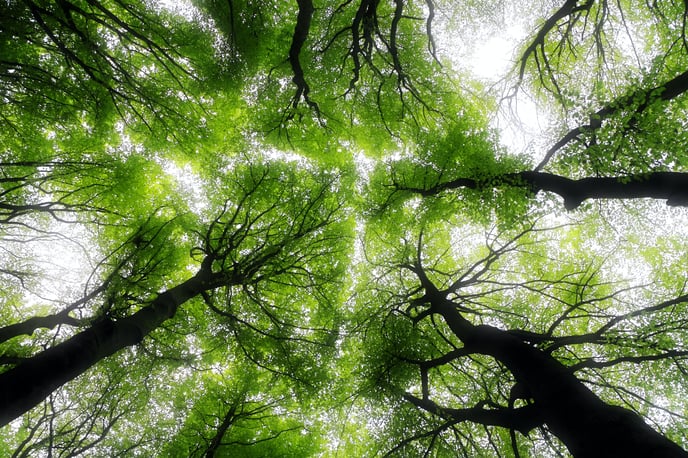Using Drone LiDAR in the Forestry Industry
Drones equipped with LiDAR sensors are proving to be indispensable for forestry management. LiDAR technology provides accurate and detailed information about the terrain, trees, and other forest assets.
 LiDAR Sensors and Terrain Modeling
LiDAR Sensors and Terrain Modeling
LiDAR sensors use laser beams to measure distances and produce highly accurate 3D models of the terrain. These sensors penetrate the forest canopy and record the location, height, and density of trees and other vegetation. The resulting data is used to produce a digital terrain model (DTM), which provides a detailed map of the forest floor, including slopes, elevations, and surface roughness. This information is critical for planning and managing forest operations, such as road construction, timber harvesting, and fire prevention.
Inside-Canopy Information for Tree Species Identification
LiDAR sensors also provide inside-canopy information, which is essential for tree species identification and analysis. By measuring the reflectance of laser beams from the leaves and branches of individual trees, researchers can identify the species of tree and even its age and growth patterns. This information is crucial for understanding the composition and structure of a forest and can be used to make informed decisions about conservation and management practices.
Height and Size Measurements
In addition to species identification, drone LiDAR can also provide accurate measurements of the height and size of individual trees. This information is important for estimating the volume of wood per hectare and calculating the economic value of the forest. Accurate height and size measurements also provide critical information for understanding the growth patterns of different tree species and can help inform silvicultural practices.
Volume of Wood per Hectare Information
One of the most significant benefits of drone LiDAR in forestry is the ability to estimate the volume of wood per hectare. This information is essential for determining the economic value of the forest, and making informed decisions about management practices. By accurately measuring the size and volume of individual trees, researchers can calculate the total volume of wood per hectare and make informed decisions about harvesting and sustainable forest management.
With its ability to penetrate the forest canopy and provide detailed information about the terrain, trees, and other forest assets, LiDAR technology is an indispensable tool for forestry management. By providing accurate and detailed information, drone LiDAR is helping to promote sustainable forest management practices and ensuring the long-term health of our forests.
Visit rockrobotic.com to learn more about ROCK Robotic's survey-grade LiDAR hardware and software.
![ROCK-robotic-community-logo.png]](https://learn.rockrobotic.com/hs-fs/hubfs/ROCK-robotic-community-logo.png?width=250&height=50&name=ROCK-robotic-community-logo.png)